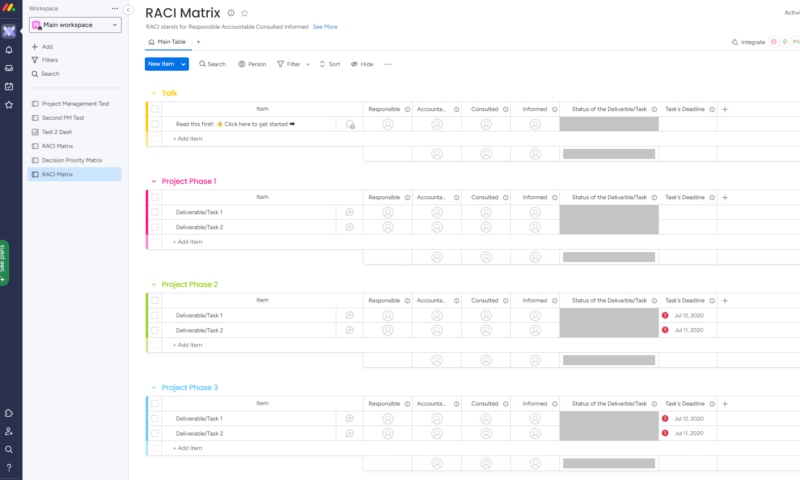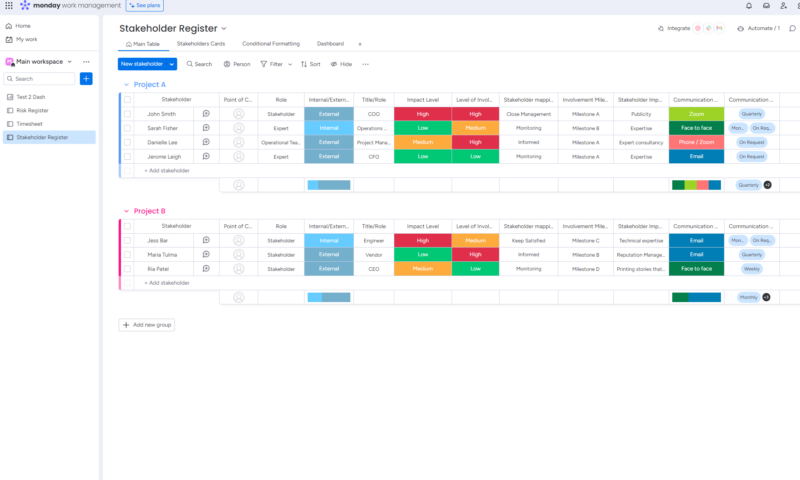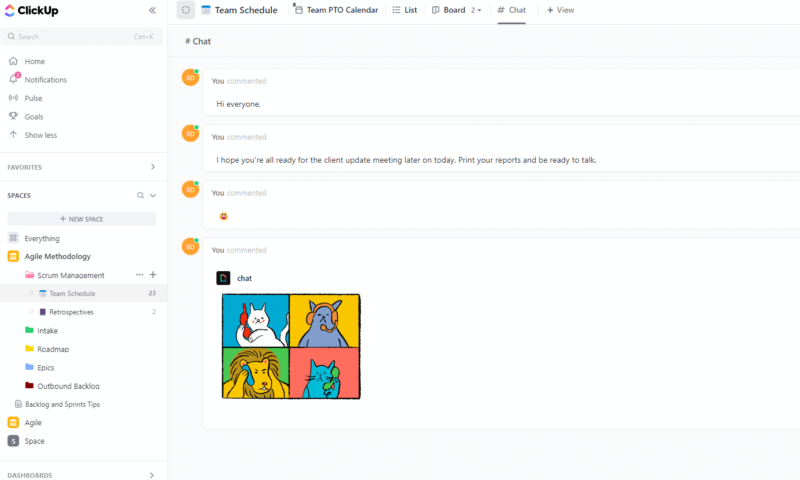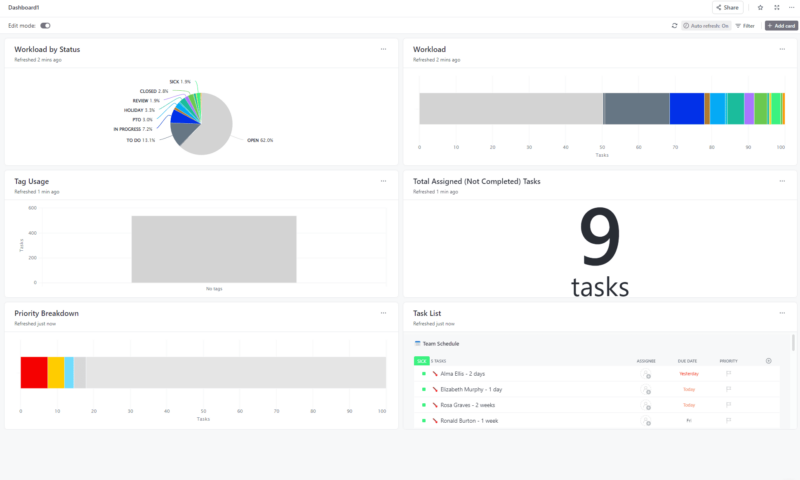How to Manage Stakeholder Expectations in Project Management: Meaning, Tips & Examples in 2026
Managing stakeholder expectations can be overwhelming. Key decision-makers with large egos can intimidate even the most experienced project manager. Thankfully, there are several techniques you can implement to manage stakeholder expectations. We’re here to share them with you.
Project managers have to spin many plates during a project. Perhaps the most difficult one to balance is managing stakeholder expectations. Both internal and external stakeholders want to see certain outcomes, and it’s your job to ensure their demands remain realistic. We’ll explain how it’s done.
In this article, we’ll share several tips project managers can use to ease the demands of key stakeholders. They range from supporting you with communication to creating a stakeholder engagement plan. We’ll also highlight how you can use the best project management software to help with the process of managing stakeholder expectations.
Meaning Explained: What Are Stakeholder Expectations?
Stakeholder expectations are a set of criteria stakeholders want to see you meet during a project. They can pertain to several key performance indicators, such as task completion, product quality and project spending. If finance isn’t your strong suit, you can learn more about it in our project management finance guide.
Sometimes, stakeholders’ expectations can change without warning. Perhaps they want you to complete a project sooner than expected or reduce spending. To be successful, a project manager will need to manage expectations, especially if these fresh demands are outside the scope of possibility. You want to avoid introducing scope creep.
Avoid Costly Project Management Mistakes – Get Free Tips Today!

- Discover 10 fundamentals of project management
- Understand step-by-step plans for PM execution
- Learn tips to avoid 5 common mistakes by beginners
The Importance of Stakeholder Expectations Management
Failing to manage the expectations of project stakeholders can lead to roadblocks in the project and team conflict. Stakeholders tend to involve themselves from a distance and don’t see the nuances of managing daily tasks and completing the work. If you need software to help with tasks, check out our roundup of the best task management software.
A lack of understanding from stakeholders can lead to their demands impacting the flow of the project. It’s your job as a project manager to keep tasks going in the right direction and to challenge demands to ensure project success. If you want to learn more about the role of a project manager, look at our product owner vs project manager guide.
How to Manage Stakeholder Expectations: 8 Tips
Below, we’ll share some tips for managing stakeholder expectations. You can also share these tips with each member of your project team in case they need to liaise with stakeholders.
Managing Stakeholder Expectations: Example Scenario
Below, we’ll look at a real-world example of when and how you can use the tips we highlighted in the previous section.
Scenario: New Website Launch
| Type of Stakeholder | Expectation | Management Strategy |
|---|---|---|
| Private client | Have a fully functioning website with no revisions. | Communicate the design and building process and clearly explain that it will require some revisions in order to get it to the best state possible. |
| Chief financial officer | Aim to go under budget. | Highlight any costs using raw data. Explain where costs may run over and communicate the benefits of spending, i.e., hiring a more experienced graphic designer or upgrading to better hosting and cybersecurity. |
| Shareholders | New website will lead to more revenue. | Reassure the shareholders that your aim is to deliver a website that can help increase sales. However, make it clear that the website is not the only driving factor to improve sales. |
Final Thoughts
We hope our guide to managing stakeholder expectations has helped. You can use this guide to help build your own stakeholder management plan that includes stakeholder registries and RACI charts. Consider bookmarking this article and referring to it if you encounter a challenging stakeholder during analysis or want to refresh your knowledge.
Another good idea is to communicate with your team so they, too, can communicate with stakeholders when questions arise. Spending time with your team will increase their confidence and help them understand that you won’t let the project get out of control. They can then stay focused on the task at hand.
Did you find this guide useful? What are your biggest challenges with stakeholder management? Is there another type of guide you would like us to create? Let us know in the comments. Thanks for reading.
FAQ: Project Stakeholder Management for Expectations
The 4 core steps are to identify your stakeholders, highlight key people in the decision-making process, identify potential risks, and create and use a stakeholder engagement plan.
Managing a client’s expectations in Agile is no different than any other form of project management. You still need to use open, honest and assertive communication to ensure you set expectations to complete your projects in the best way possible.
Aligning expectations is tricky. To give yourself the best chance, hold regular drop-ins where stakeholders can share expectations and you can determine a realistic plan to achieve or challenge them.






